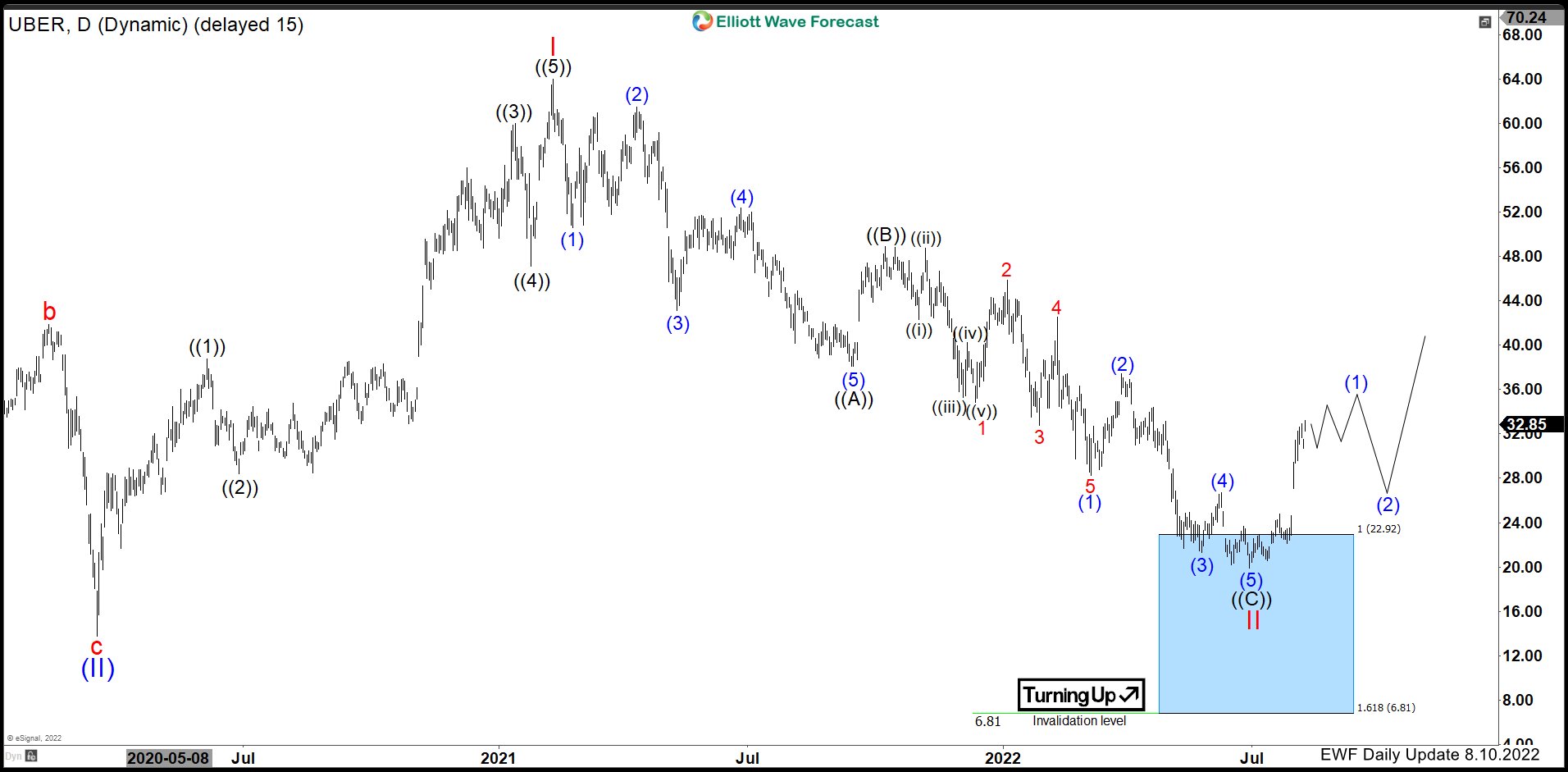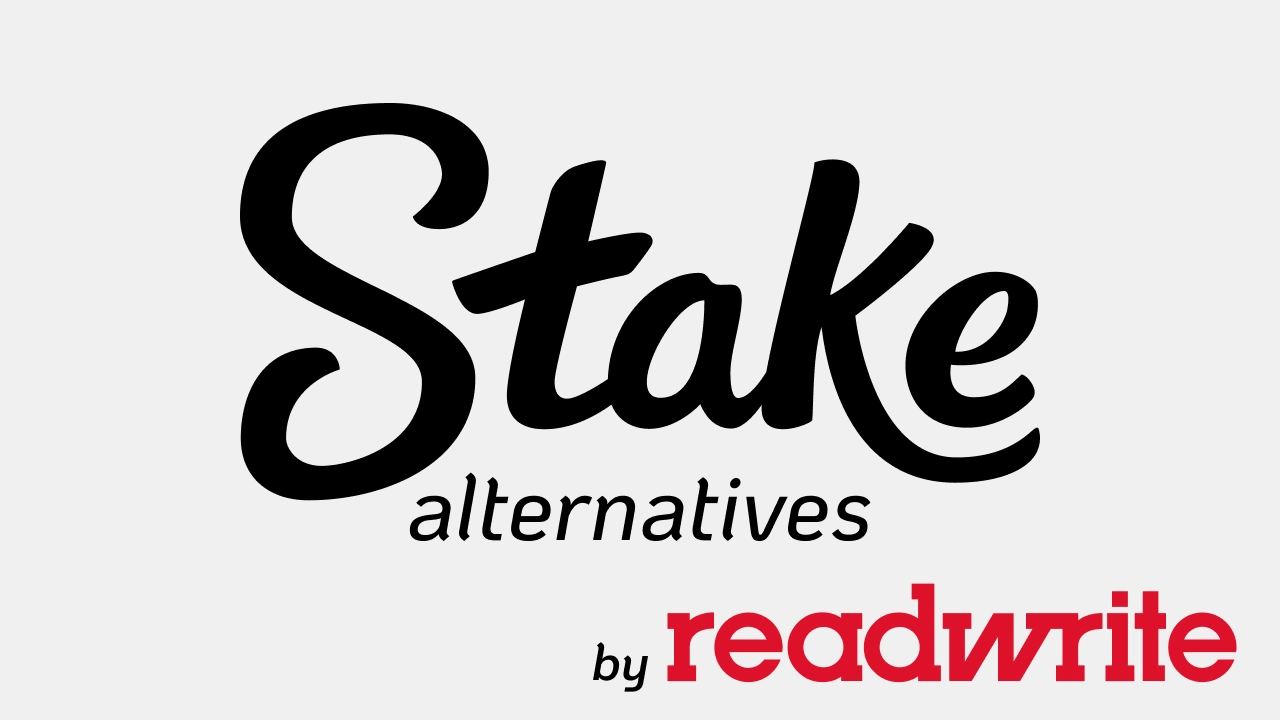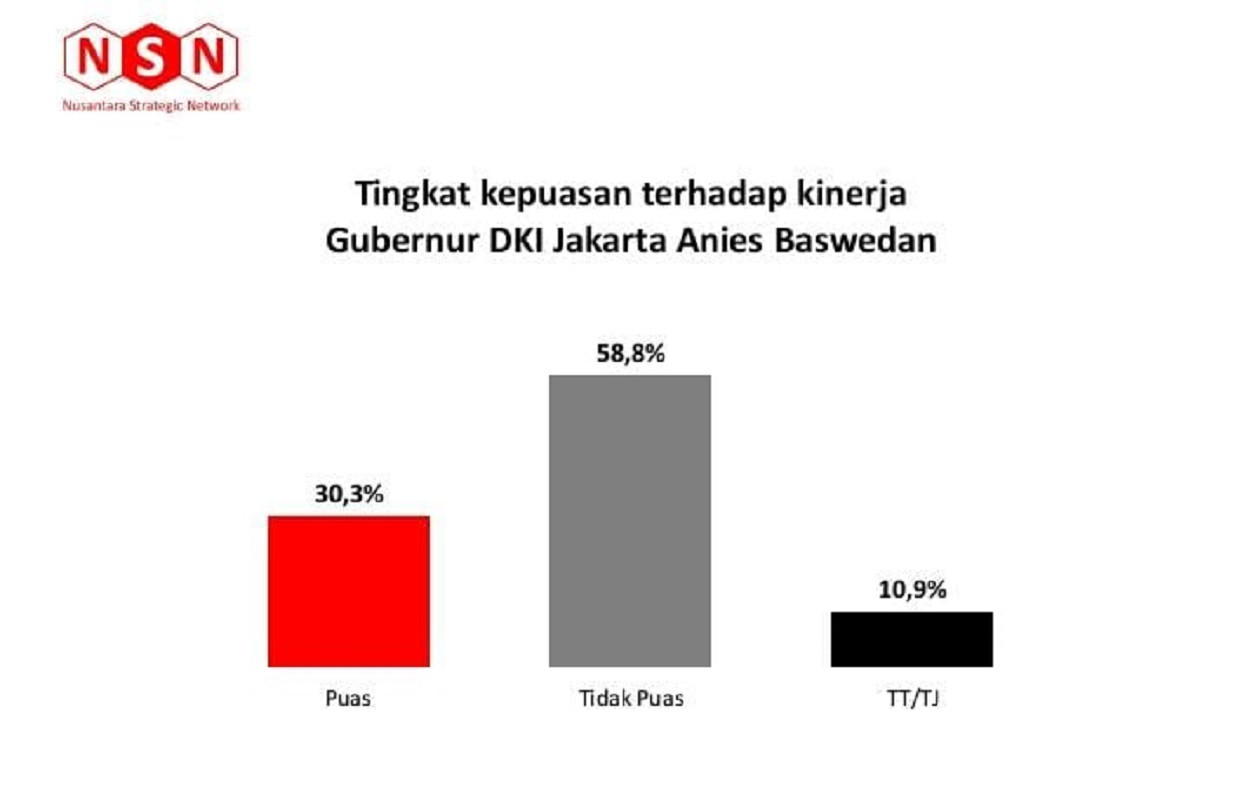Is Uber Recession-Proof? Analyzing The Stock's Resilience

Table of Contents
The global economy is a rollercoaster, and during periods of uncertainty, investors scramble to find recession-resistant investments. Is Uber, the ubiquitous ride-hailing and delivery giant, one of them? The question, "Is Uber Recession-Proof?", is paramount for investors considering UBER stock. Uber's business model, heavily reliant on consumer spending and discretionary income, makes its recession resilience a complex issue. This article delves into Uber's performance during economic downturns, analyzing its various revenue streams, cost-cutting measures, and external vulnerabilities to assess whether it truly deserves the label "recession-proof."
H2: Uber's Revenue Streams and Their Recession Vulnerability:
Uber's revenue is generated from multiple streams, each with varying degrees of vulnerability during economic contractions. Understanding the resilience of each segment is crucial to assessing the overall recession-proofness of the company.
H3: Ridesharing:
Ridesharing, Uber's flagship service, is inherently sensitive to economic downturns. As unemployment rises and disposable income shrinks, people tend to cut back on non-essential spending, including ride-hailing services.
- Economic downturns often lead to decreased discretionary spending, impacting ridesharing demand significantly.
- Price sensitivity among riders increases during recessions, forcing Uber to potentially compromise on pricing strategies to maintain volume.
- Increased fuel prices, a common occurrence during economic instability, directly impact Uber's operational costs and profitability. This can force the company to adjust pricing, potentially reducing driver earnings and satisfaction.
H3: Uber Eats:
Uber Eats, the food delivery arm, demonstrates more resilience compared to ridesharing. While restaurant spending might decrease, people still need to eat. However, consumer behavior shifts.
- During recessions, consumers often opt for cheaper food options and may order less frequently.
- The demand for budget-friendly meal deals and promotions on Uber Eats is likely to increase.
- Uber Eats can potentially mitigate some losses by partnering with budget-friendly restaurants and emphasizing cost-effective delivery options.
H3: Freight:
Uber Freight, focusing on logistics and trucking, presents a mixed picture. While associated with economic activity, it’s not immune to downturns.
- Freight demand is highly correlated with overall economic activity. During a recession, reduced industrial activity and manufacturing directly impact freight demand.
- However, the growth of e-commerce can partially offset this decline, as online shopping continues even during economic hardship, fueling delivery needs.
- Supply chain disruptions, often amplified during recessions, can affect Uber Freight's operations and profitability.
H2: Uber's Cost-Cutting Measures and Financial Strategies:
Uber's response to economic downturns often involves implementing various cost-cutting measures and strategic adjustments.
H3: Efficiency Initiatives:
Uber actively pursues efficiency improvements to offset reduced demand and maintain profitability.
- Optimized routing algorithms and improved driver matching systems minimize fuel consumption and idle time.
- Technological advancements in its platform reduce operational overhead and improve resource allocation.
- Adjusting driver incentives and bonuses can be a crucial way to manage expenses during economic downturns.
H3: Pricing Strategies:
Uber employs dynamic pricing, but its implementation during a recession needs careful calibration.
- Surge pricing, usually activated during peak demand, may need to be moderated to attract riders during economic downturns.
- Offering promotional discounts and deals can stimulate demand, but needs careful balancing to avoid profit erosion.
- Strategic adjustments to commission rates for drivers and restaurants can help manage costs without alienating partners.
H3: Investment and Innovation:
Investments in new technologies and market expansions are long-term strategies to build resilience.
- Investment in autonomous vehicle technology holds the potential to significantly reduce labor costs in the long term.
- Expanding into new markets and service areas diversifies revenue streams and reduces reliance on any single region's economy.
- Investing in sustainable transportation solutions can position Uber favorably for future regulations and changing consumer preferences.
H2: Comparative Analysis: Uber vs. Traditional Transportation Industries:
Compared to traditional transportation sectors like taxis and airlines, Uber displays a different level of resilience.
- Traditional taxis are often more locally focused and less agile in adapting to changing economic conditions.
- Airlines are significantly impacted by fluctuating fuel prices and are often slower to adapt to price shifts.
- Uber's technological adaptability and diversified revenue streams give it a potential edge in navigating economic downturns, though it is not entirely immune.
H2: External Factors Impacting Uber's Recession-Proofness:
Several external factors beyond Uber's control can significantly influence its resilience.
H3: Geopolitical Events:
Global events like pandemics and wars can disrupt Uber's operations and negatively impact its financial performance.
- The COVID-19 pandemic initially devastated ridesharing but saw Uber Eats flourish.
- Geopolitical instability can restrict travel and affect consumer spending, influencing all Uber's business segments.
H3: Regulatory Changes:
Government regulations concerning labor laws, pricing, and licensing directly affect Uber's operational costs and profitability.
- Changes to driver classification and employment laws can significantly impact expenses.
- Stricter regulations on ride-sharing services can limit expansion and profitability.
H3: Technological Disruption:
New competitors and technological breakthroughs can disrupt Uber's market dominance.
- The emergence of new ride-hailing apps and autonomous driving technology pose a potential challenge.
- Competition in food delivery from specialized platforms may reduce Uber Eats’ market share.
Conclusion:
The question, "Is Uber Recession-Proof?" doesn't have a simple yes or no answer. While Uber demonstrates greater adaptability compared to traditional transportation industries due to its diversified revenue streams, cost-cutting measures, and technological investments, it's not entirely immune to economic downturns. Ridesharing remains vulnerable to reduced discretionary spending. However, its strategic positioning, coupled with its ability to adapt through pricing strategies and technological innovation, suggest a better capacity for weathering economic storms compared to many other businesses. Ultimately, Uber's long-term success will depend on its ability to navigate external factors, maintain its operational efficiency, and continue innovating within a competitive landscape. To stay informed, follow UBER stock performance, research its financial reports, and remain updated on industry news related to its recession-proofing strategies.

Featured Posts
-
 Nyc Bridge Safety Urgent Inspections Ordered After Baltimore Incident
May 18, 2025
Nyc Bridge Safety Urgent Inspections Ordered After Baltimore Incident
May 18, 2025 -
 From Scatological Data To Engaging Podcast Ai Powered Digest Creation
May 18, 2025
From Scatological Data To Engaging Podcast Ai Powered Digest Creation
May 18, 2025 -
 2 2011
May 18, 2025
2 2011
May 18, 2025 -
 Spring Breakout 2025 Early Look At The Confirmed Rosters
May 18, 2025
Spring Breakout 2025 Early Look At The Confirmed Rosters
May 18, 2025 -
 Stake Casino Alternatives A Comprehensive Guide To The Best Replacements
May 18, 2025
Stake Casino Alternatives A Comprehensive Guide To The Best Replacements
May 18, 2025
Latest Posts
-
 Mengapa Perdamaian Israel Hamas Sulit Tercapai Analisis Lengkap
May 18, 2025
Mengapa Perdamaian Israel Hamas Sulit Tercapai Analisis Lengkap
May 18, 2025 -
 Krisis Ham Palestina Kecaman Pbb Dan Tuntutan Pertanggungjawaban Israel Dan Hamas
May 18, 2025
Krisis Ham Palestina Kecaman Pbb Dan Tuntutan Pertanggungjawaban Israel Dan Hamas
May 18, 2025 -
 Survei Terbaru Mayoritas Warga Indonesia Mendukung Negara Palestina Merdeka
May 18, 2025
Survei Terbaru Mayoritas Warga Indonesia Mendukung Negara Palestina Merdeka
May 18, 2025 -
 Konflik Israel Hamas Mencari Akar Permasalahan Perdamaian
May 18, 2025
Konflik Israel Hamas Mencari Akar Permasalahan Perdamaian
May 18, 2025 -
 Pelanggaran Ham Palestina Pbb Desak Israel Dan Hamas Untuk Bertanggung Jawab
May 18, 2025
Pelanggaran Ham Palestina Pbb Desak Israel Dan Hamas Untuk Bertanggung Jawab
May 18, 2025
